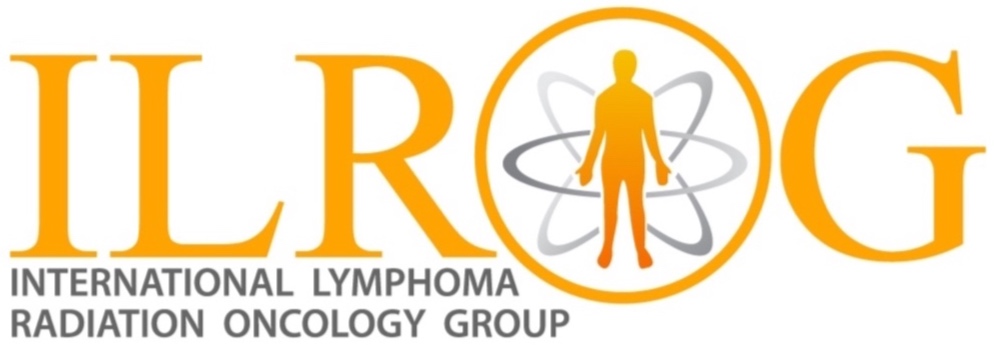DLBCL: A Historical Overview by Sarah Milgrom, MD and Rahul Parikh, MD
Originally published 9/1/2016.
Diffuse large B-cell lymphoma (DLCBL) is the most common histologic subtype of non-Hodgkin lymphoma. Historically, the primary treatment of localized DLBCL was radiation therapy (RT). Then, in the 1970’s-1980’s, the addition of chemotherapy was shown to improve survival, and CHOP (cyclophosphamide, doxorubicin, vincristine, and prednisone) became the standard therapy. At that time, several trials were initiated to assess the role of RT in patients receiving chemotherapy. The results were inconsistent between trials, likely due to variations in study populations and design. One landmark study from the pre-rituximab era is SWOG-8736 (1,2), a phase III trial comparing 8 cycles of CHOP alone to 3 cycles of CHOP with involved field RT in low risk patients. Although early results showed a survival benefit for the combined modality arm, longer follow-up showed an excess distant failure rate, suggesting that 3 cycles of CHOP is insufficient to control systemic disease. However, a subsequent analysis showed that the most favorable subgroup experienced excellent outcomes with combined modality therapy, supporting use of an abbreviated course of chemotherapy followed by RT in low risk patients.
In the early 2000’s, the addition of rituximab, an anti-CD20 monoclonal antibody, was shown to improve survival in DLBCL, and R-CHOP became the standard of care. A retrospective analysis from MD Anderson (3) was one of the first studies to evaluate the role of RT in a population treated uniformly with rituximab and chemotherapy. The authors demonstrated improved progression-free and overall survival in patients who received RT. Other institutions have reported similar findings. Additionally, studies using the National Cancer Database (NCDB) (4) and Surveillance, Epidemiology, and End Results (SEER) Program database5 have demonstrated improved survival associated with RT. Nonetheless, these large database studies have demonstrated declining use of RT with time.
Recent research has focused on identifying the subgroups of patients that benefit from consolidative RT, after experiencing a complete response to rituximab and chemotherapy. For example, the RICOVER noRTh study (6) demonstrated improved outcomes in patients who received consolidative RT to initially bulky sites of disease. Another report by Held et al. (7) demonstrated improved outcomes associated with RT to skeletal sites. These studies support the use of RT, following completion of rituximab and chemotherapy, to address initially bulky or osseous sites of disease. The results of ongoing randomized trials from the modern era are eagerly anticipated to further guide selection of candidates for RT.
Phan et al. J Clin Oncol 2010;28(27):4170-6. Benefit of consolidative radiation therapy in patients with diffuse large B-cell lymphoma treated with R-CHOP chemotherapy.
Vargo et al. J Clin Oncol 2015;33(32):3710-7. Treatment Selection and Survival Outcomes in Early-Stage Diffuse Large B-Cell Lymphoma: Do We Still Need Consolidative Radiotherapy?
